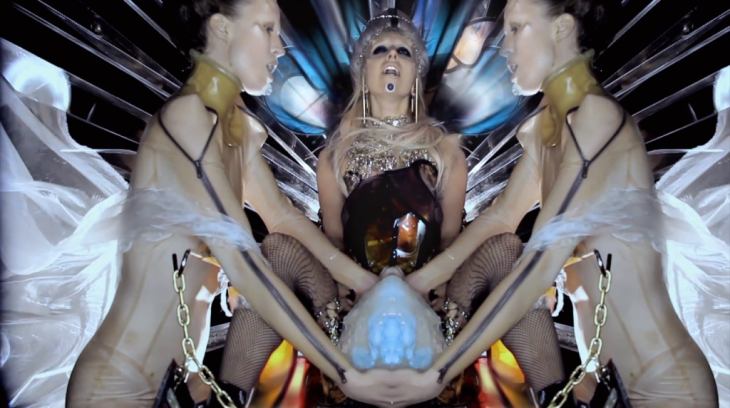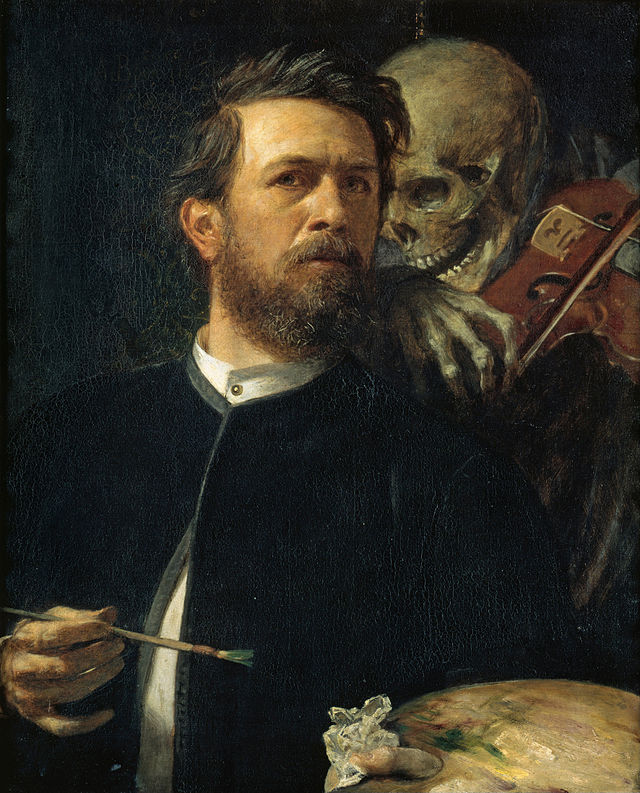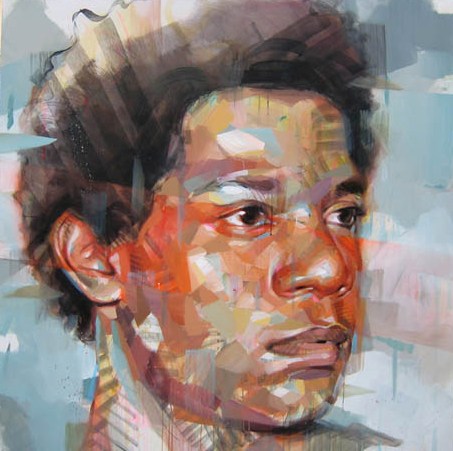Orpheus’ Death, Jean Delville, 1893
XI
“The story of Orpheus, which though so well known has not yet been in all points perfectly well interpreted, seems meant for a representation of universal Philosophy. For Orpheus himself,—a man admirable and truly divine, who being master of all harmony subdued and drew all things after him by sweet and gentle measures,—may pass by an easy metaphor for philosophy personified. For as the works of wisdom surpass in dignity and power the works of strength, so the labours of Orpheus surpass the labours of Hercules.
Orpheus, moved by affection for his wife who had been snatched from him by an untimely death, resolved to go down to Hell and beg her back again of the Infernal Powers; trusting to his lyre. Nor was he disappointed. For so soothed and charmed were the infernal powers by the sweetness of his singing and playing, that they gave him leave to take her away with him; but upon one condition; she was to follow behind him, and he was not to look back until they had reached the confines of light. From this however in the impatience of love and anxiety he could not refrain. Before he had quite reached the point of safety, he looked back; and so the covenant was broken, and she suddenly fell away from him and was hurried back into Hell. From that time Orpheus betook himself to solitary places, a melancholy man and averse from the sight of women; where by the same sweetness of his song and lyre he drew to him all kinds of wild beasts, in such manner that putting off their several natures, forgetting all their quarrels and ferocity, no longer driven by the stings and furies of lust, no longer caring to satisfy their hunger or to hunt their prey, they all stood about him gently and sociably, as in a theatre, listening only to the concords of his lyre. Nor was that all: for so great was the power of his music that it moved the woods and the very stones to shift themselves and take their stations decently and orderly about him. And all this went on for some time with happy success and great admiration; till at last certain Thracian women, under the stimulation and excitement of Bacchus, came where he was; and first they blew such a hoarse and hideous blast upon, a horn that the sound of his music could no longer be heard for the din: whereupon, the charm being broken that had been the bond of that order and good fellowship, confusion began again; the beasts returned each to his several nature and preyed one upon the other as before; the stones and woods stayed no longer in their places: while Orpheus himself was torn to pieces by the women in their fury, and his limbs scattered about the fields: at whose death, Helicon (river sacred to the Muses) in grief and indignation buried his waters under the earth, to reappear elsewhere.
The meaning of the fable appears to be this. The singing of Orpheus is of two kinds: one to propitiate the infernal powers, the other to draw the wild beasts and the woods. The former may be best understood as referring to natural philosophy; the latter to philosophy moral and civil. For natural philosophy proposes to itself, as its noblest work of all, nothing less than the restitution and renovation of things corruptible, and (what is indeed the same thing in a lower degree) the conservation of bodies in the state in which they are, and the retardation of dissolution and putrefaction. Now certainly if this can be effected at all, it cannot be otherwise than by due and exquisite attempering and adjustment of parts in nature, as by the harmony and perfect modulation of a lyre. And yet being a thing of all others the most difficult, it commonly fails of effect; and fails (it may be) from no cause more than from curious and premature meddling and impatience. Then Philosophy finding that her great work is too much for her, in sorrowful mood, as well becomes her, turns to human affairs; and applying her powers of persuasion and eloquence to insinuate into men’s minds the love of virtue and equity and peace, teaches the peoples to assemble and unite and take upon them the yoke of laws and submit to authority, and forget their ungoverned appetites, in listening and conforming to precepts and discipline; whereupon soon follows the building of houses, the founding of cities, the planting of fields and gardens with trees; insomuch that the stones and the woods are not unfitly said to leave their places and come about her. And this application of Philosophy to civil affairs is properly represented, and according to the true order of things, as subsequent to the diligent trial and final frustration of the experiment of restoring the dead body to life. For true it is that the clearer recognition of the inevitable necessity of death sets men upon seeking immortality by merit and renown. Also it is wisely added in the story, that Orpheus was averse from women and from marriage; for the sweets of marriage and the dearness of children commonly draw men away from performing great and lofty services to the commonwealth; being content to be perpetuated in their race and stock, and not in their deeds.
But howsoever the works of wisdom are among human things the most excellent, yet they too have their periods and closes. For so it is that after kingdoms and commonwealths have flourished for a time, there arise perturbations and seditions and wars; amid the uproars of which, first the laws are put to silence, and then men return to the depraved conditions of their nature, and desolation is seen in the fields and cities. And if such troubles last, it is not long before letters also and philosophy are so torn in pieces that no traces of them can be found but a few fragments, scattered here and there like planks from a shipwreck; and then a season of barbarism sets in, the waters of Helicon being sunk under the ground, until, according to the appointed vicissitude of things, they break out and issue forth again, perhaps among other nations, and not in the places where they were before.”
Francis Bacon
Of the Wisdom of the Ancients
1857






















































